44 disk label type dos
MS-DOS and Windows command line format command Specifies the file system type ( FAT, FAT32, exFAT, NTFS, UDF, ReFS). /V:label. Specifies the volume label. /Q. Performs a quick format. Note that this switch overrides /P. /C. NTFS only: Files created on the new volume will be compressed by default. /X. How to label disk in Linux with blkid One way to add a label to a disk partition is with the e2label command. Use the syntax below to add a label to any disk partition of your choosing. $ sudo e2label /dev/sda5 "MY_BACKUP". Another way to add a label is with the tune2fs command. The following syntax would be used to add a label to our /dev/sda5 partition.
List of DOS commands - Wikipedia This article presents a list of commands used by DOS operating systems, especially as used on x86-based IBM PC compatibles (PCs). Other DOS operating systems are not part of the scope of this list.. In DOS, many standard system commands were provided for common tasks such as listing files on a disk or moving files. Some commands were built into the command interpreter, others existed as ...
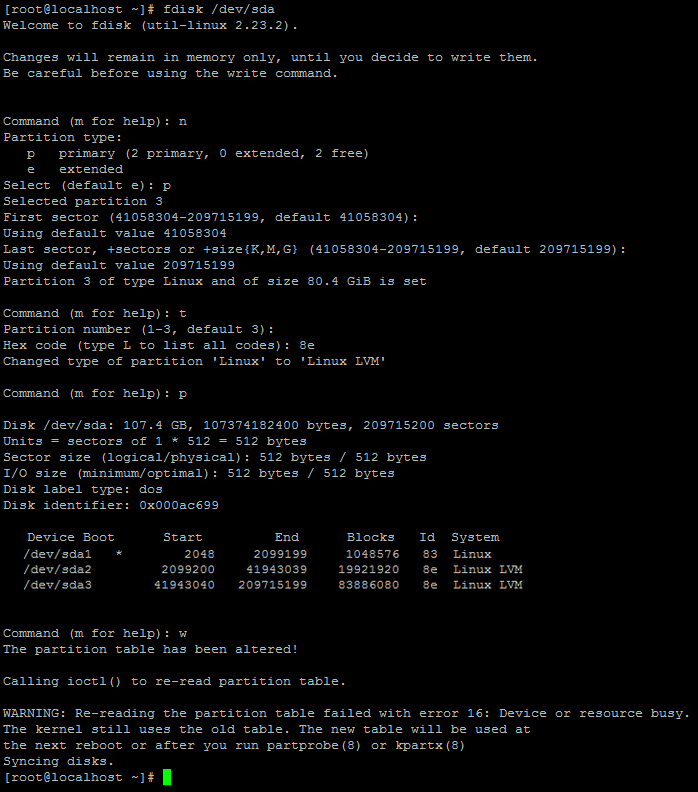
Disk label type dos
DOS Command: FORMAT /V: (label) - Causes FORMAT to prompt for a volume label after the disk is formatted. The label can be of 1 to 11 characters. The same characters acceptable in filenames are acceptable in the volume label (however, you cannot add a filename extension). The /8 option cannot be used with the /V option. Saving disk data after changing the disk label type from DOS to GPT But, as Debian comes with a somewhat automatic graphical installer, it have set my disk label type to DOS. But Arch in UEFI mode needs a disk label type of GPT. So, from arch installer I ran fdisk /dev/sda1 and g for creating a new GPT partition table with the hope that it will automagically convert the partition table and keep my partitions as is. How to clear/delete all the partition table from a disk or partition in ... Disk label type: dos Disk identifier: 0x1410600c. Device Boot Start End Blocks Id System /dev/sdb1 2048 4196351 2097152 83 Linux /dev/sdb2 4196352 10487807 3145728 83 Linux. Now I would like to clear the partition table from this disk To do so below commands can be used. Check the partition table ...
Disk label type dos. LINUX - fdisk : how to label a partition? - Wikitechy The following basic command list all existing disk partition on your system. The '-l' argument stand for (listing all partitions) is used with fdisk command to view all available partitions on Linux. The partitions are displayed by their device's names. For example: /dev/sda, /dev/sdb or /dev/sdc. Linux Code fdisk(8) - Linux manual page - Michael Kerrisk In a DOS-type partition table the starting offset and the size of each partition is stored in two ways: as an absolute number of sectors (given in 32 bits), and as a Cylinders/Heads/Sectors triple (given in 10+8+6 bits). The former is OK — with 512-byte sectors this will work up to 2 TB. The latter has two problems. How to rename or label a disk drive - Computer Hope In the Properties window, on the General tab, type a new name in the Label box ( A ), click Apply ( B ), and then click OK ( C ). Windows 3.x, MS-DOS, and Windows command line To change the name of a disk drive from an MS-DOS prompt, use the label command. Type the word label. Type the drive letter you want to rename. How to Change Linux Partition Label Names on EXT4 / EXT3 / EXT2 and Swap First step is to select the partition whose label is to be changed, which is Partition 1 here, next step is to select gear icon and edit filesystem. Change Linux Partition Label After this you will be prompted to change the label of selected partition. Set Linux Partition Label Name And finally, the label of the partition will be changed.
sfdisk(8) - Linux manual page - Michael Kerrisk -X, --label type Specify the disk label type (e.g., dos, gpt, ...). If this option is not given, then sfdisk defaults to the existing label, but if there is no label on the device yet, then the type defaults to dos. The default or the current label may be overwritten by the "label: " script header line. DOS Command: LABEL LABEL Type: External (3.0 and later) Syntax: LABEL [d:][volume label] Purpose: Creates or changes or deletes a volume label for a disk. Discussion A volume label may consist of up to eleven characters (the same characters that are legal for a file name). diskpart | Microsoft Docs The diskpart command interpreter helps you manage your computer's drives (disks, partitions, volumes, or virtual hard disks). Before you can use diskpart commands, you must first list, and then select an object to give it focus. After an object has focus, any diskpart commands that you type will act on that object. List available objects Enter Current Volume Label for Drive| How to Find the Volume Label? Since you need to enter the current volume label of a drive, you should gain the value label at first. To find out a volume label of a partition in Windows, you can pick up one among the following three methods as you like. Way 1. Find volume label from Command Prompt. After accessing Command Prompt, you can run "vol x:" to list the volume ...
disklabel(8) - OpenBSD manual pages The disklabel utility can be used to install, examine, or modify the label on a disk drive or pack. The disk label contains information about disk characteristics (size, type, etc.) and the partition layout, stored on the disk itself. It is used by the operating system to optimize disk I/O and locate the filesystems resident on the disk. label | Microsoft Docs Creates, changes, or deletes the volume label (that is, the name) of a disk. If used without parameters, the label command changes the current volume label or deletes the existing label. Syntax label [/mp] [] [] Parameters Remarks Windows displays the volume label and serial number (if it has one) as part of the directory listing. mklabel (Parted User's Manual) Command: mklabel label-type Creates a new disk label, of type label-type. The new disk label will have no partitions. This command (normally) won't technically destroy your data, but it will make it basically unusable, and you will need to use the rescue command (see Related information ) to recover any partitions. Fdisk Command in Linux (Create Disk Partitions) | Linuxize fdisk /dev/sdb. Copy. The command prompt will change, and the fdisk dialogue where you can type in commands will open: Welcome to fdisk (util-linux 2.34). Changes will remain in memory only, until you decide to write them. Be careful before using the write command. Command (m for help): Copy.
"fdisk -l" output: what are Disk label type" and "Disk identifier" The disk label type is the type of Master Boot Record. See . The disk identifier is a randomly generated number stuck onto the MBR.
Notes on DOS FDISK Command - rigacci.org Current Fixed Disk Drive: 1 Partition Status Type Volume Label Mbytes System Usage C: 1 A PRI DOS 1149 7 100 % Instead of like this: Partition Status Type Volume Label Mbytes System Usage C: 1 A PRI DOS 11497 100% ... We have seen a case where a logical drive showed up normally in WIN98 GUI mode or in FDISK in a DOS box, but the drive label ...
What does disk label mean? - Unix & Linux Stack Exchange There's the label inside partitions (more correctly inside filesystems) just called LABEL by lsblk -f [On all disks but not for special partitions like swap, procfs, sysfs] There's the label outside partitions but in the partition table called PARTLABEL by lsblk -f [Only gpt disks have this capacity]
Linux Creating a Partition Size Larger Than 2TB - nixCraft F rankly speaking, you cannot create a Linux partition larger than 2 TB using the fdisk command. The fdisk won't create partitions larger than 2 TB. This is fine for desktop and laptop users, but on a server, you need a large partition. For example, you cannot create 3TB or 4TB partition size (RAID based) using the fdisk command.
fdisk: manipulate disk partition table - Linux Man Pages (8) -t, --type type Enable support only for disklabels of the specified type, and disable support for all other types. -u, --units [= unit] When listing partition tables, show sizes in 'sectors' or in 'cylinders'. The default is to show sizes in sectors.
Format Command (Examples, Options, Switches, and More) There are some other less commonly used format command switches, too, like /A:size which lets you choose a custom allocation unit size, /F:size which specifies the size of the floppy disk that's to be formatted, /T:tracks which specifies the number of tracks per disk side, and /N:sectors which specifies the number of sectors per track.
How to: Change Volume Label using CMD in Windows 10, 8, 7 Step 1. In the home interface, right-click the drive that you want to rename and select Change Label. Step 2. In the pop-up window, input the new label that you want to assigned to the drive and click OK. Step 3. You'll return to the home interface, click Apply and Proceed to commit the operation.
Creating and Examining a Disk Label - Oracle Type the number of the disk that you want to label. Specify disk (enter its number): 1 If the format utility recognizes the disk type, the next step is to search for a backup label to label the disk. Labeling the disk with the backup label labels the disk with the correct partitioning information, the disk type, and disk geometry.
How to Convert a GPT disk layout to a MS-DOS/MBR layout ... - Stewart Adam When you're happy with the MS-DOS/MBR layout, press w to write changes to the disk. Shutdown Fedora 16 and boot from the Windows 7 installation media Enter your language & keyboard layout and then select the option to repair your computer in the bottom left corner. From the available options, select Startup Repair. Windows will ask for a reboot.
How to clear/delete all the partition table from a disk or partition in ... Disk label type: dos Disk identifier: 0x1410600c. Device Boot Start End Blocks Id System /dev/sdb1 2048 4196351 2097152 83 Linux /dev/sdb2 4196352 10487807 3145728 83 Linux. Now I would like to clear the partition table from this disk To do so below commands can be used. Check the partition table ...
Saving disk data after changing the disk label type from DOS to GPT But, as Debian comes with a somewhat automatic graphical installer, it have set my disk label type to DOS. But Arch in UEFI mode needs a disk label type of GPT. So, from arch installer I ran fdisk /dev/sda1 and g for creating a new GPT partition table with the hope that it will automagically convert the partition table and keep my partitions as is.
DOS Command: FORMAT /V: (label) - Causes FORMAT to prompt for a volume label after the disk is formatted. The label can be of 1 to 11 characters. The same characters acceptable in filenames are acceptable in the volume label (however, you cannot add a filename extension). The /8 option cannot be used with the /V option.





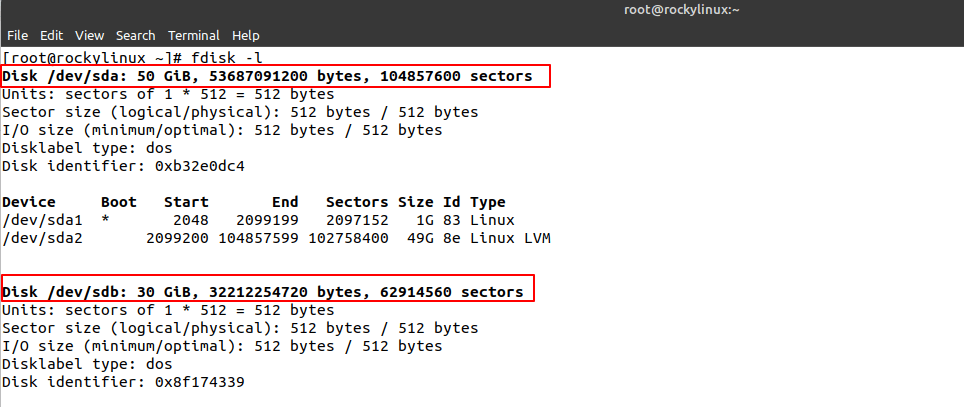
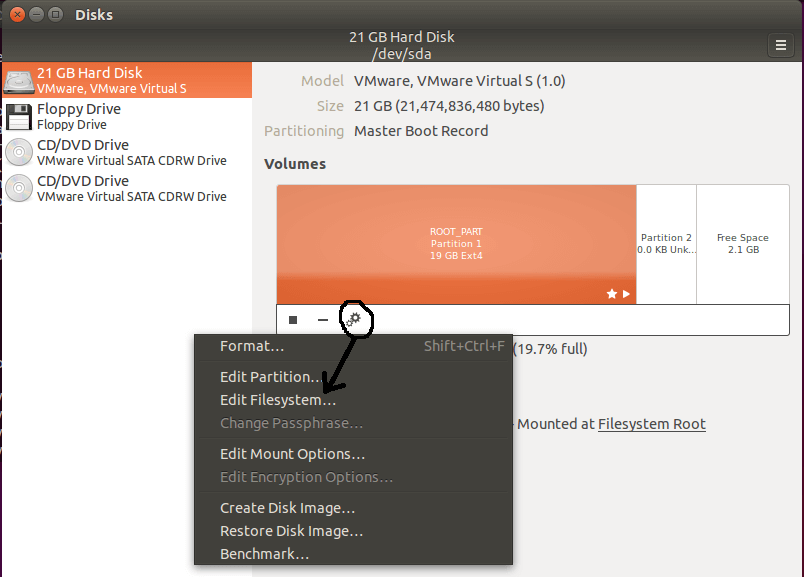

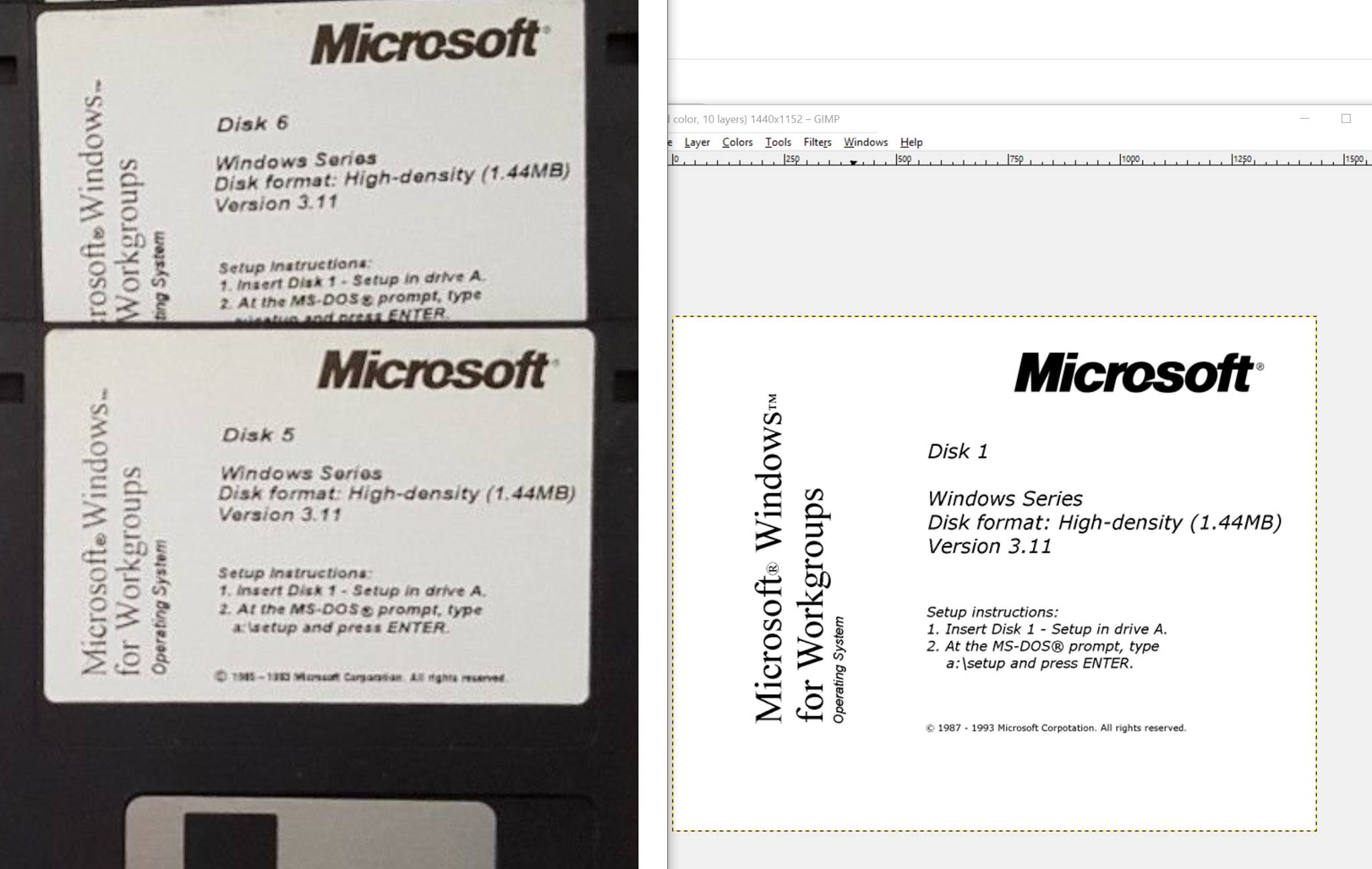

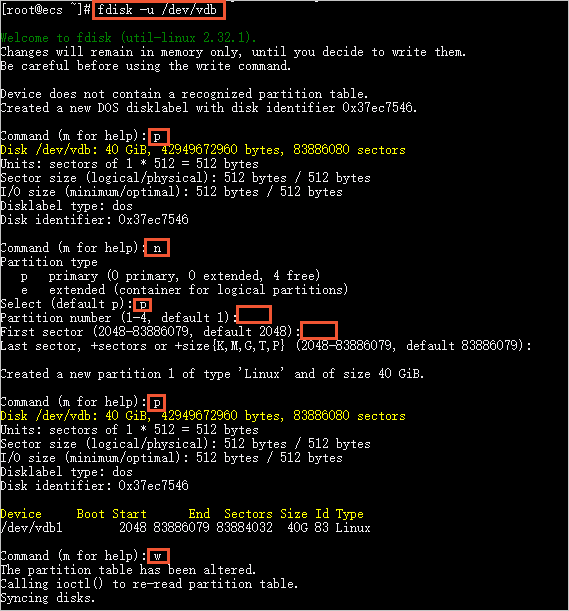

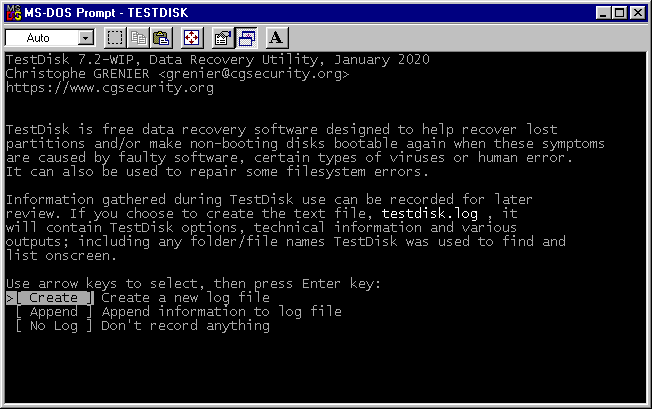


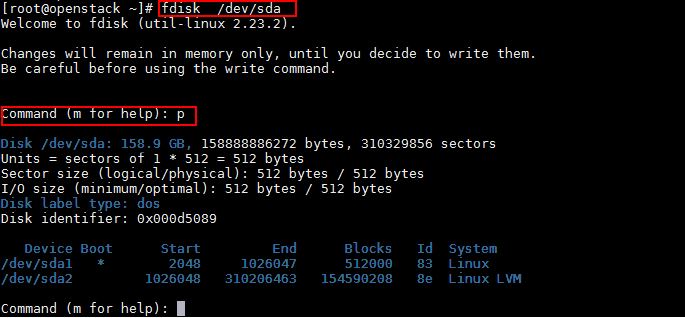
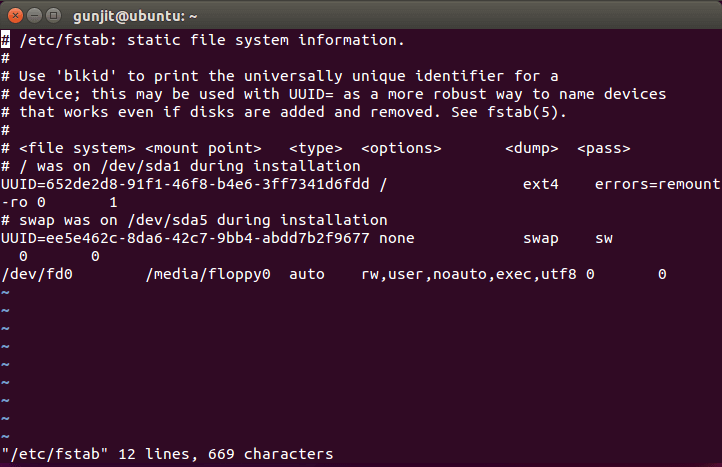
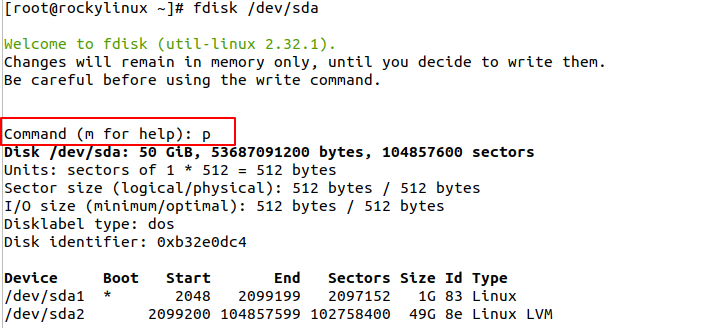



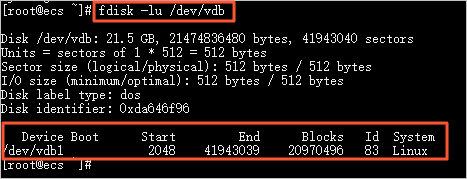

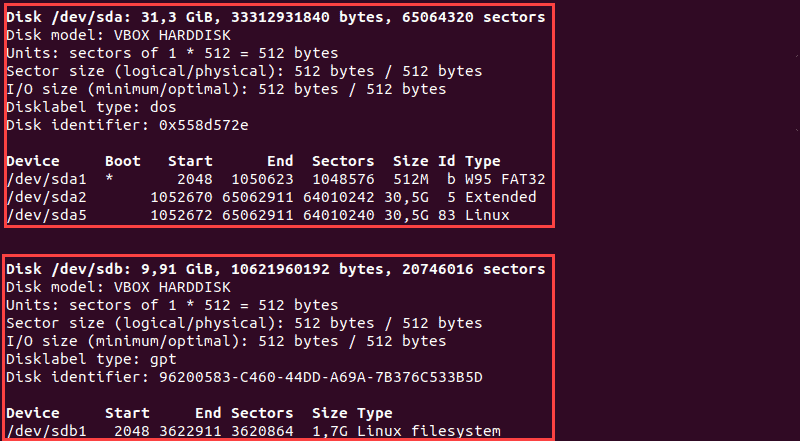
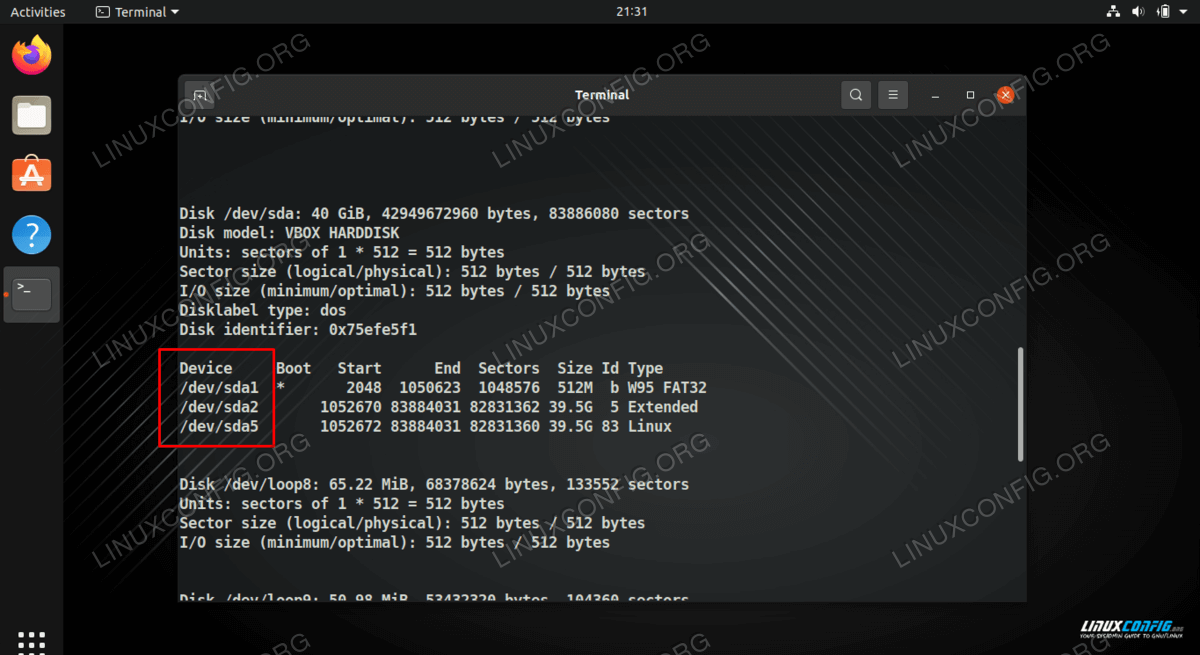
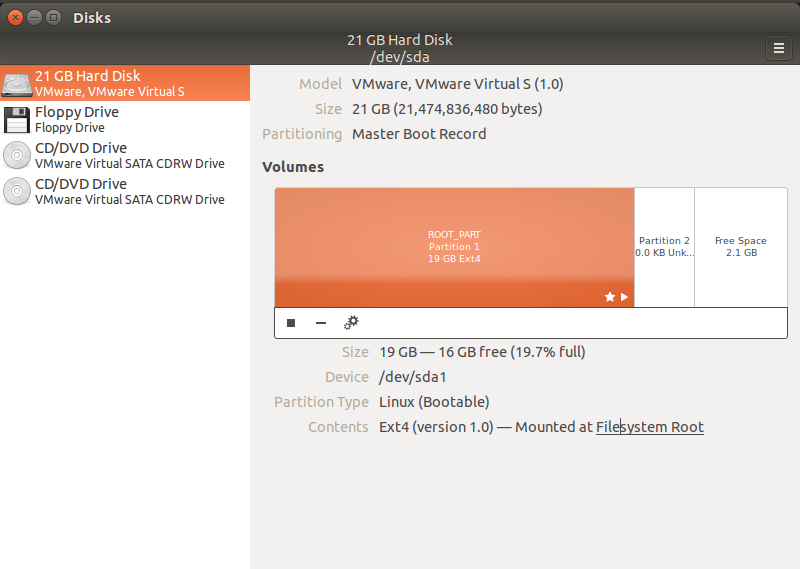
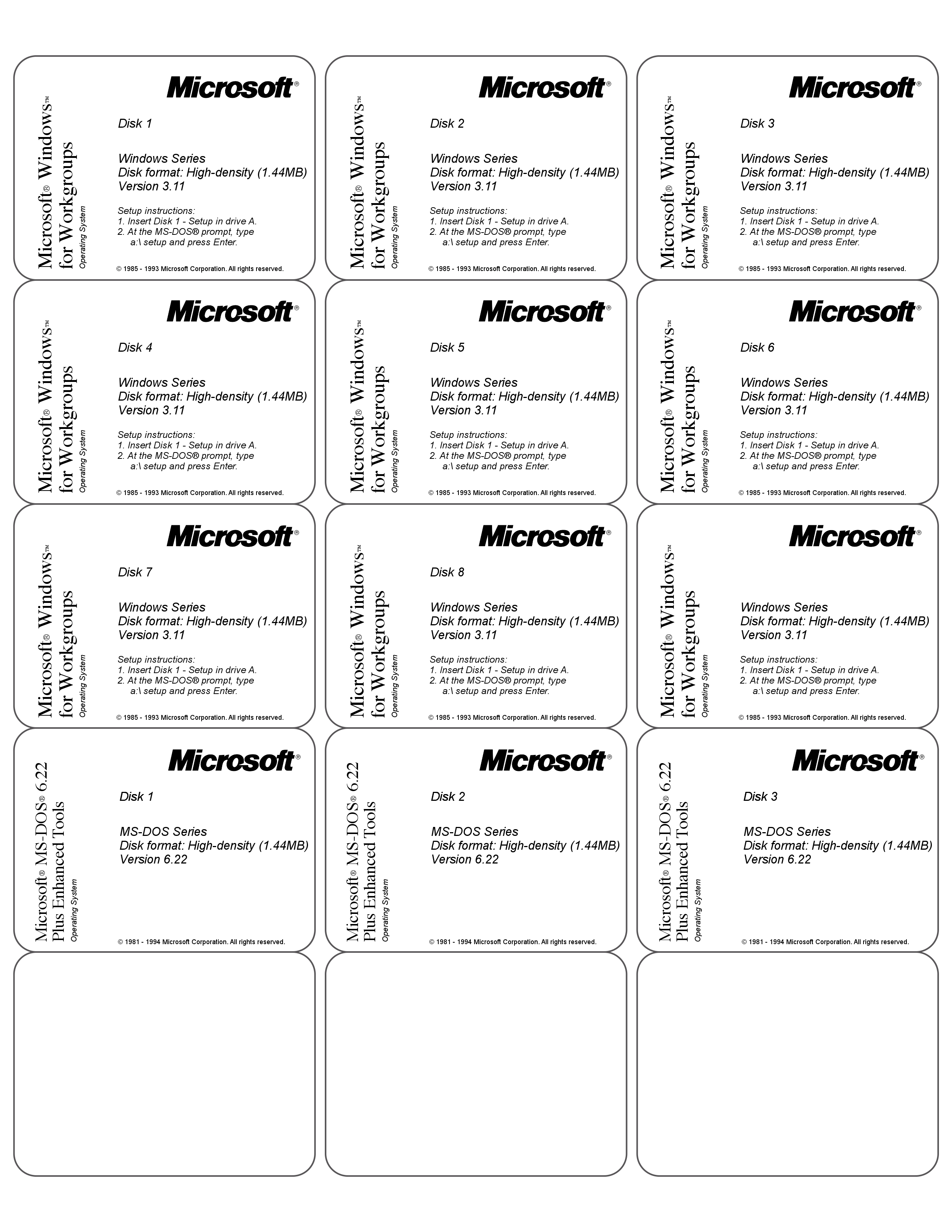
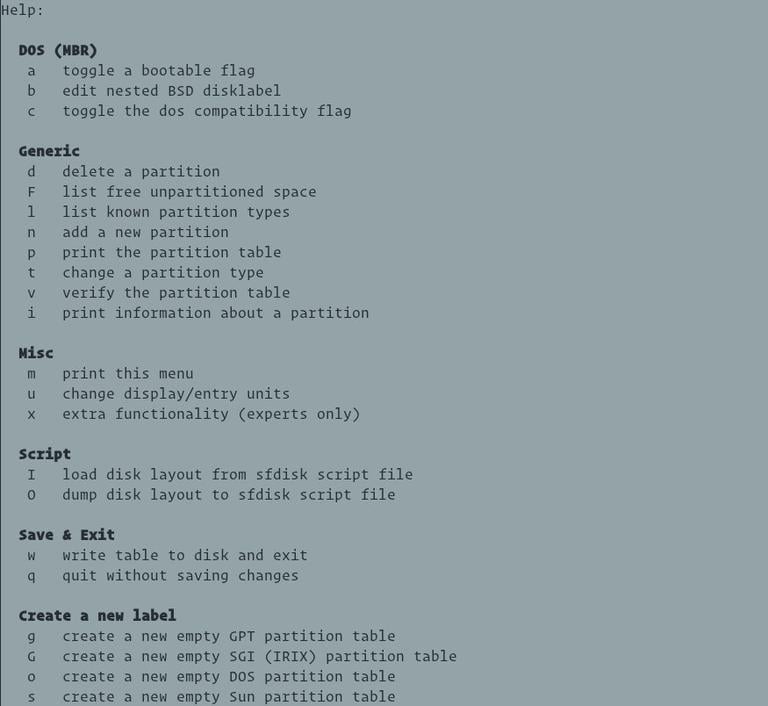
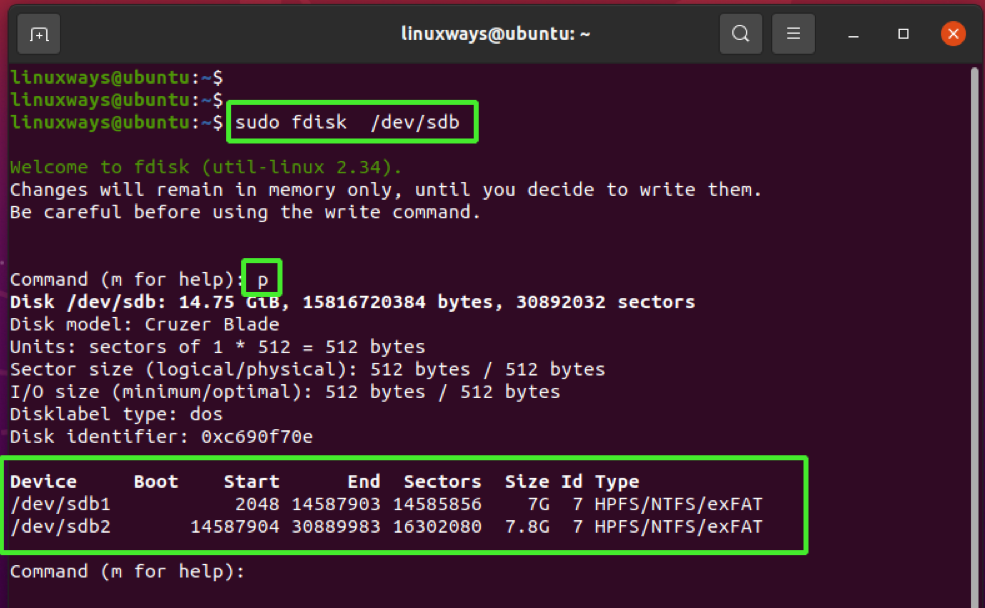
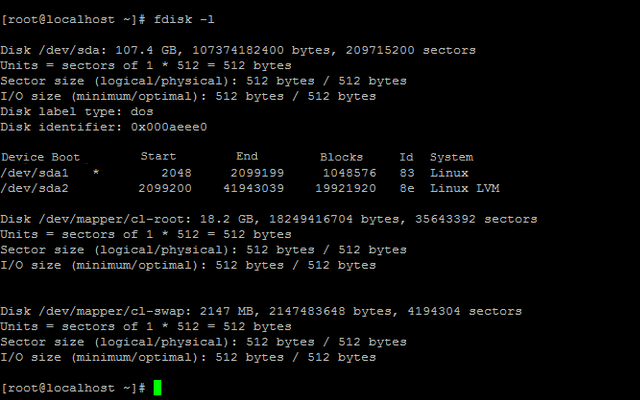






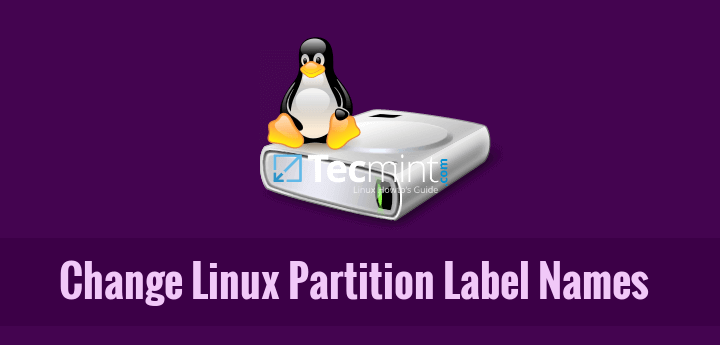


Post a Comment for "44 disk label type dos"